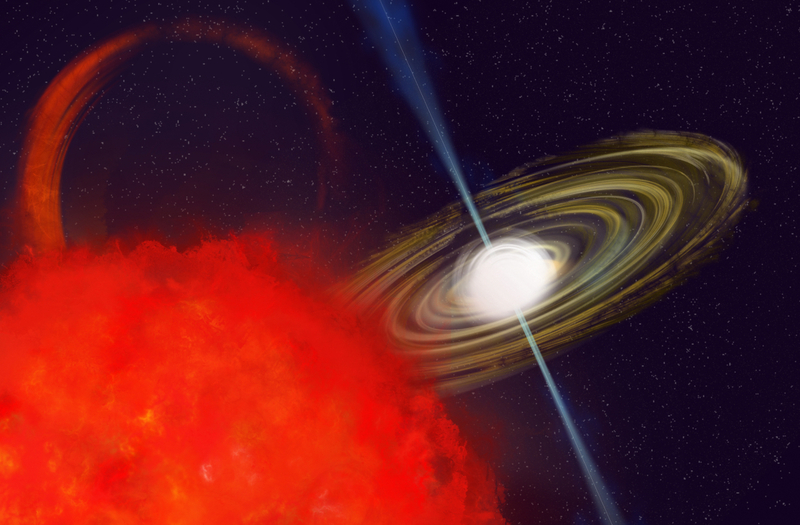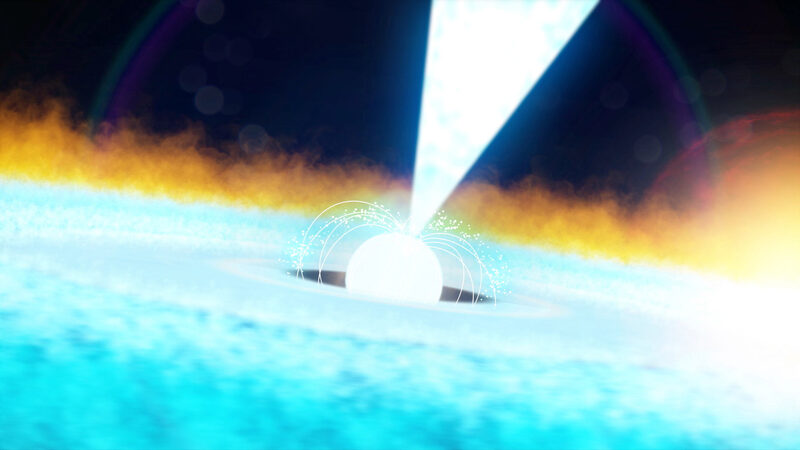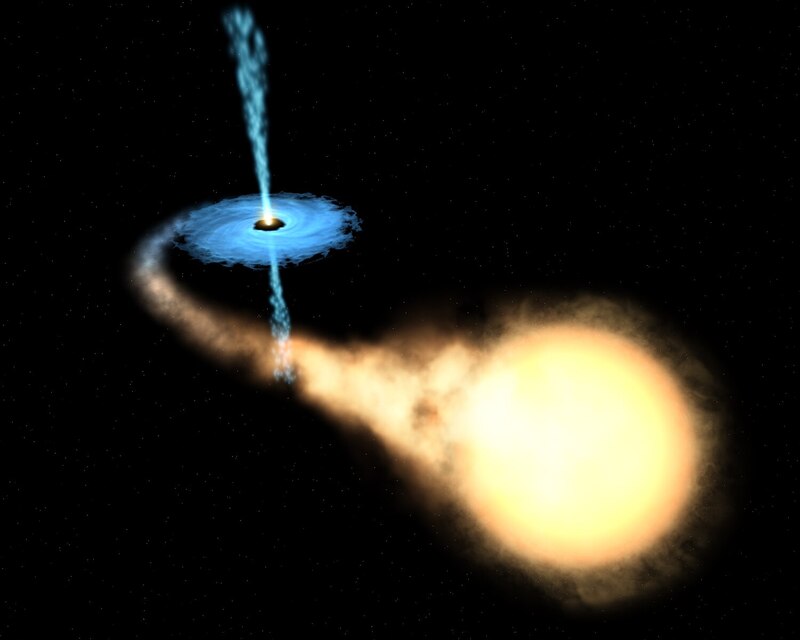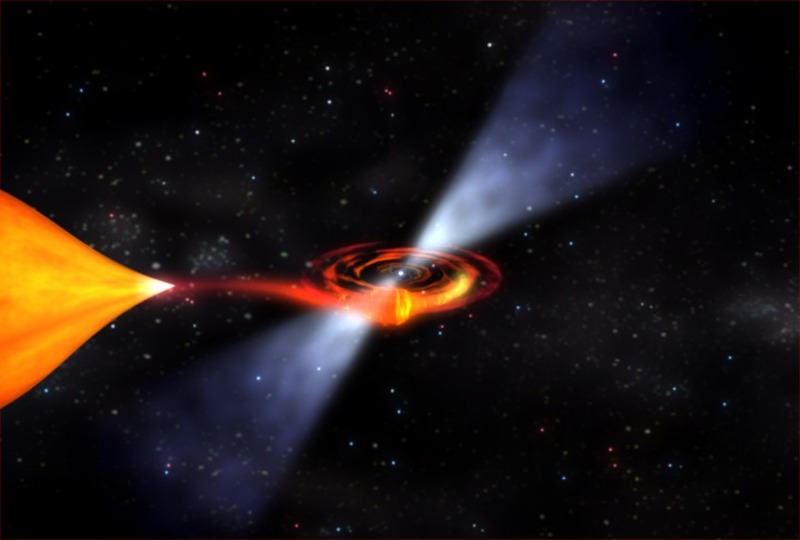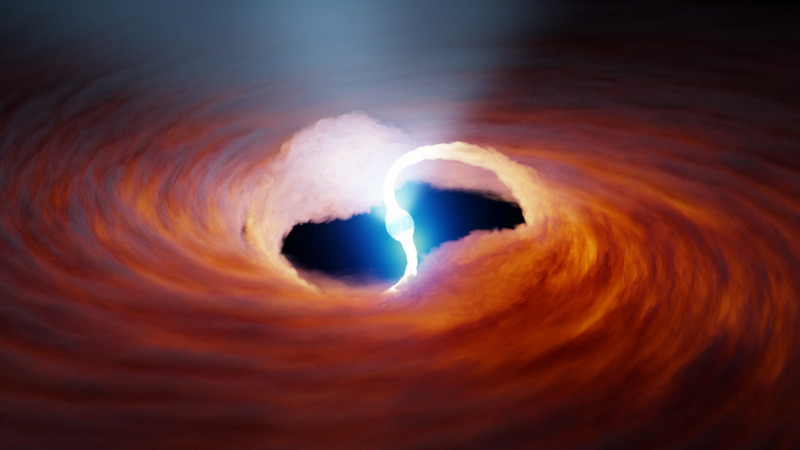NuSTAR Observes a Mysterious Radio Transient
November 7th, 2025
NuSTAR Coordinations with IXPE
October 17th, 2025
NuSTAR Observes the Rosetta Stone of Accreting Millisecond Pulsars
September 26th, 2025
NuSTAR Observes a Neutron Star X-ray Binary
September 19th, 2025
NuSTAR Observes a Millisecond Pulsar
August 22nd, 2025
NuSTAR Observes an Ultraluminous X-ray Pulsar
July 11th, 2025
Investigating Neutron Star Evolution
March 14th, 2025
Neutron star magnetic fields and black hole winds
February 21st, 2025
NASA Telescopes Find New Clues About Mysterious Deep Space Signals
February 14th, 2024
NASA Study Helps Explain Limit-Breaking Ultra-Luminous X-Ray Sources
April 6th, 2023
A Decade of NuSTAR: What Its X-Ray Vision Has Taught Us
August 3rd, 2022
Reclusive Neutron Star May Have Been Found in Famous Supernova
February 23rd, 2021
A Cosmic Baby Is Discovered, and It's Brilliant
June 17th, 2020
Monitoring the First Ultraluminous Pulsar
May 22nd, 2020
Changes in a Neutron Star Binary Accretion Disk during Outburst
May 15th, 2020
NASA Satellite Spots a Mystery That's Gone in a Flash
September 4th, 2019
In Colliding Galaxies, a Pipsqueak Shines Bright
February 20th, 2019
Beaming with the Light of Millions of Suns
February 26th, 2018
